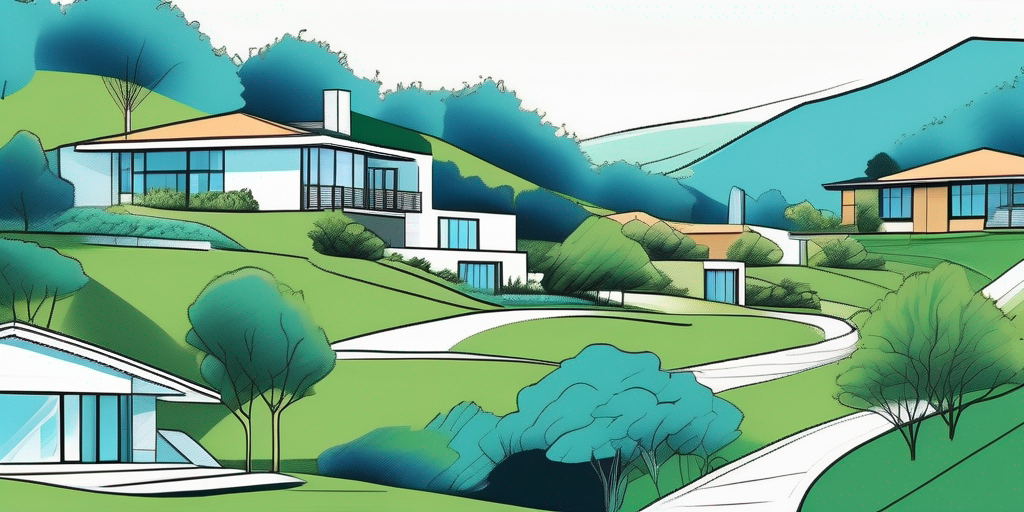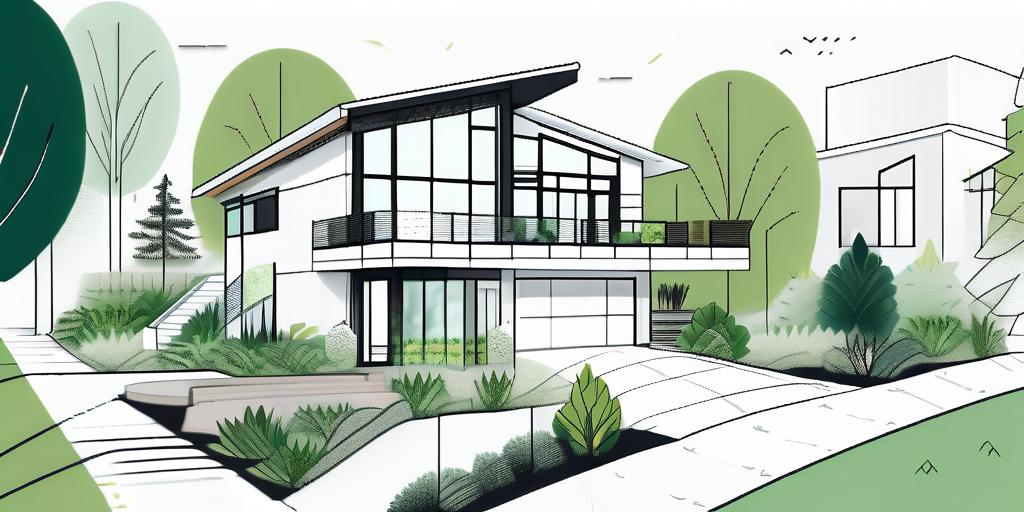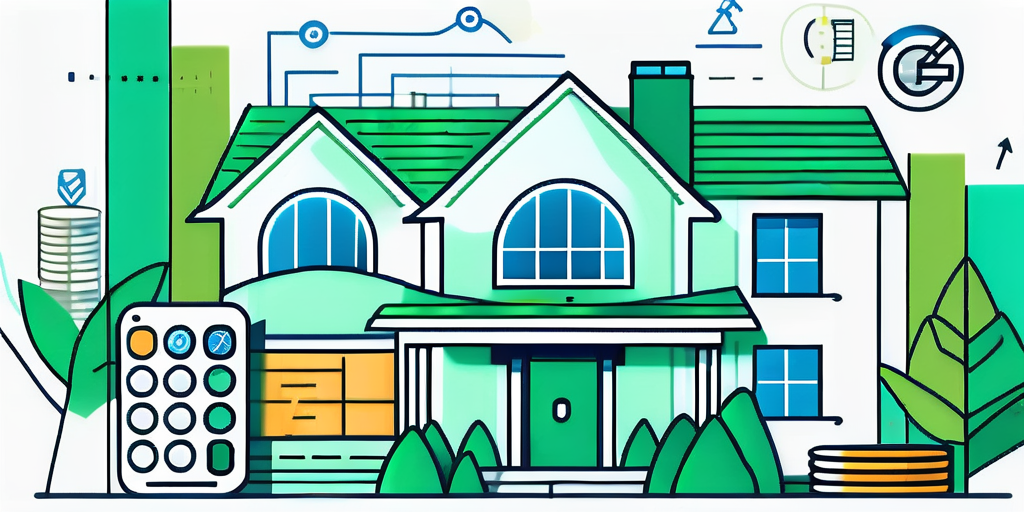
Are you ready to take the leap toward building your dream home? If so, you’re in the right place! This article will break down everything you need to know about buying a homesite. From understanding the purchase process to working with professionals, we’ll cover it all. So, grab a cup of coffee, and let’s dive in!
Purchasing a homesite can be a thrilling yet daunting task. It’s not just about finding a piece of land; it's about envisioning the future. Before you get started, it’s essential to understand the various steps involved. Knowing the process can make your experience smoother and more enjoyable.

There are several factors you need to keep in mind when searching for just the right homesite. First, consider the location. How far is it from your workplace, schools, and essential amenities? This could greatly affect your daily life.
Next, think about the size and layout. Do you need a large yard or a small, manageable space? Take a moment to visualize your ideal home and how the land can accommodate it. Additionally, consider the topography of the land. Is it flat, hilly, or wooded? The terrain can influence not only the design of your home but also landscaping options and outdoor activities.
Another crucial factor is the zoning regulations. Make sure to check whether the land is suitable for residential building. Different areas have different rules, and you wouldn’t want any surprises later in the process. Furthermore, investigate the future development plans for the area. Knowing whether new roads, schools, or commercial centers are planned can impact your investment and lifestyle.
The first step in your journey is conducting thorough research. Browse listings online, visit local neighborhoods, and consult with real estate agents. Gathering as much information as possible will help you make informed decisions.
Once you’ve narrowed down your options, it’s time to visit the homesites in person. Walk the property, visualize your future home, and take notes on each location's pros and cons. Pay attention to the surrounding environment, including noise levels, traffic patterns, and the overall vibe of the neighborhood. This will give you a clearer picture of what living there might be like.
After you find a homesite you love, it’s time to make an offer. If your bid is accepted, you'll move into the due diligence phase, which often involves inspections and reviewing documentation. This is a critical time to ensure everything is in order, from soil tests to property lines. Finally, once all conditions are met, you'll close the deal and be ready to start building! Remember, this is just the beginning of your journey; planning your dream home will require just as much thought and creativity as selecting the perfect piece of land.
There’s something incredibly satisfying about constructing a home tailored to your needs. Building your own home comes with numerous advantages that go beyond mere customization.

When you build your own home, you have the unique opportunity to choose every detail. From floor plans to finishes, your tastes can shine through every aspect of your new abode. Want an open floor plan? Go for it! Prefer modern finishes over traditional ones? That’s your call.
This level of personalization doesn’t just make your home feel more comfortable; it also allows you to create a space that reflects your lifestyle and values. That sense of ownership is priceless. Imagine designing a kitchen that accommodates your love for cooking, with ample counter space and state-of-the-art appliances, or a cozy reading nook filled with natural light, perfect for curling up with your favorite book. Each choice you make can enhance your daily life and contribute to your overall happiness in your new space.
Building your own home means you can choose the latest energy-efficient materials and appliances. This not only benefits the environment but also saves you money on utility bills in the long run.
Modern home designs are often centered around sustainability. With advancements in technology, you can incorporate features like solar panels, high-efficiency heating systems, and energy-efficient windows. These elements will make your home not only beautiful but financially sensible too! Additionally, you might consider smart home technologies that allow you to monitor and control your energy consumption remotely. Imagine being able to adjust your thermostat or turn off lights from your smartphone, ensuring that your home is as energy-efficient as possible, even when you're not there. This integration of technology not only enhances convenience but also contributes to a greener lifestyle.
Now that you're excited about building, let’s discuss financing. It’s crucial to understand your options so you can effectively budget for this dream project.

There are different types of loans available for purchasing land and financing construction. For instance, a construction loan generally provides funds for the building phase, while a land loan is specifically for buying the land itself.
Be sure to check with your bank or lender about the specifics of different mortgage options, as interest rates and terms can vary widely. Additionally, some loans will convert into a traditional mortgage once the home is built, simplifying your payments. It’s also worth exploring government-backed loans, such as FHA or VA loans, which can offer lower down payments and more favorable terms for eligible borrowers. These options can make a significant difference in your overall financing strategy.
When planning your budget, be sure to include some wiggle room for unexpected costs. No matter how meticulously you plan, surprises often pop up during construction.
Setting aside 10-15% of your total budget is a smart move. This buffer can cover anything from permit fees to unexpected site issues. By preparing for the unexpected, you can avoid financial stress and keep your dream on track. Additionally, it's wise to conduct thorough research on potential contractors and suppliers, as their pricing can fluctuate based on market conditions. Establishing a good relationship with your contractor can also help you navigate any unforeseen expenses, as they may have insights or solutions that can save you money in the long run.
Moreover, consider the long-term costs associated with your home, such as maintenance, utilities, and property taxes. These ongoing expenses can impact your overall financial picture, so it's essential to factor them into your budget from the outset. By taking a comprehensive approach to your financing and budgeting, you can ensure that your dream home remains a source of joy rather than a financial burden.
Finding the perfect piece of land isn’t just about the plot itself—location is everything. Making informed choices about where to build will pay off in spades.
When evaluating neighborhoods, consider proximity to schools, parks, public transportation, and shopping. These local amenities can enhance your quality of life significantly.
Additionally, it’s worth spending some time getting to know the community. A friendly neighborhood can make a huge difference in your day-to-day experience. Attend local events, visit community centers, or simply take a stroll around the area to observe the vibe. Engaging with residents can provide insights into the social dynamics and help you gauge whether it’s the right fit for you and your family.
Furthermore, consider the future development plans for the area. Local government websites often provide information on upcoming projects, such as new parks, schools, or commercial developments. These can not only enhance your living experience but also positively influence property values in the long run.
Even if you plan to live in your dream home for many years, it’s sensible to think about resale value. Choosing a location that’s growing in popularity can be a smart investment.
Look for areas with good schools, low crime rates, and convenient access to major roads. These factors often drive up property values over time, ensuring that you get a good return on your investment if you ever decide to sell. Additionally, researching the local real estate market trends can provide valuable insights. Understanding whether the area is experiencing a buyer's or seller's market can help you make a more informed decision about your purchase.
Moreover, consider the demographic trends in the area. Areas that attract young families, professionals, or retirees can indicate a stable or growing market. Pay attention to the types of homes being built and the amenities being offered, as these can signal the direction in which the neighborhood is heading. A location that appeals to a diverse range of buyers can be particularly advantageous when it comes time to sell your home.
Having the right professionals on your side is essential for a successful project. Let’s talk about how you can effectively work with architects and builders to bring your vision to life.
Take time to research architects and builders. Look for professionals with experience in the style and type of home you want. Read reviews and ask for references. Your home is a significant investment, so it's essential that you partner with trustworthy and skilled individuals.
Once you’ve selected your team, don’t be shy about sharing your ideas and vision. Good professionals will want to help make your dream a reality. Additionally, consider visiting some of their previous projects or asking for a portfolio of their work. This will give you a tangible sense of their style and capabilities, ensuring that their aesthetic aligns with your vision. A well-rounded team will not only understand the technical aspects of construction but will also appreciate the nuances of design that make a house feel like a home.
Clear communication is key! When discussing your ideas, provide images, sketches, or examples of what you envision. The clearer you are about your desires, the more aligned your team will be with your vision.
Regular check-ins during the construction phase can also ensure that everyone remains on track and that adjustments can be made as needed. Remember, teamwork is essential to creating the home of your dreams! Utilize tools such as project management software or shared digital boards to keep everyone in the loop. This not only fosters transparency but also allows for real-time updates and feedback, making the entire process more efficient. Moreover, don’t hesitate to express any concerns or changes that arise; flexibility is often necessary in construction, and your team will appreciate your proactive approach.
Building your dream home is an exciting journey filled with opportunities and decisions. From understanding the purchasing process to collaborating with designers and builders, each step is worth considering. With thoughtful planning and a solid team, your dream home can become a reality before you know it! Embrace the process, and remember that each decision, no matter how small, contributes to the overall vision. Whether it’s choosing the right materials or deciding on the layout, every choice is a step towards creating a space that reflects your personal style and meets your needs.